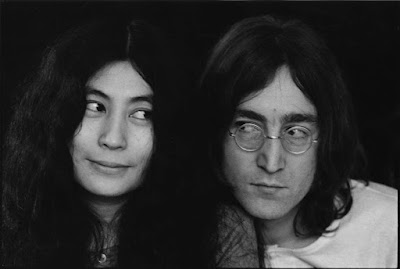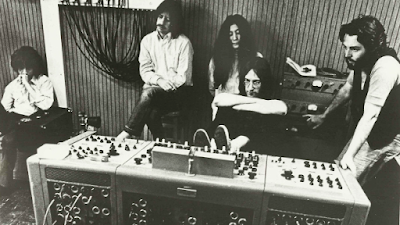You know that feeling when you wake up in the morning and there is clearly something, although still slightly imperceptive, definitely not quite right with the world. For some reason the earth's axis of rotation is not exactly where it should be and in the back of your mind there's a voice, not quite screaming as yet, but definitely nagging persistently and you know it will only get worse. And then it hits and everything seems to explode in one blinding fireball of fear. You lost your wallet last night.


There's a distinct sense of not being in total control of your life. It's not the cash that's the problem, mine's usually empty anyway. Nor the credit cards, notify them quickly enough and your onboard insurance will cover any stray transactions. Nor is it the cashcard, if genuinely stolen they only have three shots before it locks you out and a long conversation with the customer service centre will be required to fix this involving the names of all your pets from when you were seven years old. Nor the airline cards, medical insurance, club cards or even your Pasmo (somehow you got home so travel doesn't seem to be the highest priority).
It's the loss of your gaijin card (Alien Registration Card) that will facilitate police reports, visits to the local (!) immigration bureaux, forms, photographs, return home to retrieve your passport etc etc. And then it's the driving licence, and one of those has probably never been lost before. Or, alternatively, you can get a call from a very nice officer who says someone has handed in your wallet at the local police station and would you like to come and collect it. The quid pro quo in Japan is you are supposed to return 10% of the contents to the finder; and here lies the problem, my wallet contained nothing but cards. However convention should still require recognition and so it shall be a pair of Union Jack socks and a very, very large thank you. Nightmare over.





















